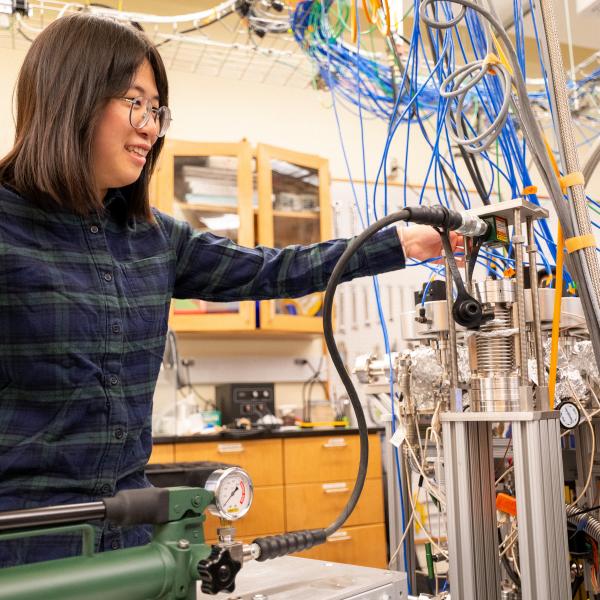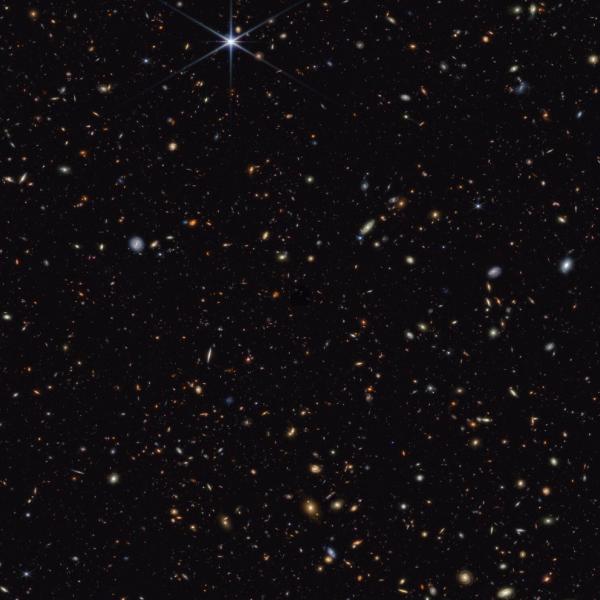Rita Parai's laboratory for high-precision noble gas isotopic analyses pursues high-precision measurements of isotopes in rocks to better understand the formation and evolution of planetary bodies.
Rita Parai joined in Fall 2016 as an assistant professor of geochemistry. Her work on high-precision noble gas isotopic analyses to address questions regarding early Earth environments, lunar formation, the origin and evolution of Earth’s volatile budgets, chemical cycling between deep Earth and surface reservoirs, the nature of mantle heterogeneities and chemical constraints on geodynamics. Current research projects examine:
Chemical cycling at subduction zones
Subduction zones mediate long-term chemical exchange between the Earth’s mantle and surface reservoirs. Detailed assessments of the loss or retention of specific slab components in subduction zone environments are critical to our understanding of the recycling of volatiles such as water and carbon to the deep Earth. We published a study that used H2O mass balance and constraints on sea level change to set limits on the amount of water subducted beyond depths of magma generation. We have ongoing projects looking into the cycling of volatiles through subduction zones based on new stable isotope tracers.
The nature of heterogeneity in Earth's mantle
Earth's silicate mantle is heterogeneous on a variety of lengthscales, and these heterogeneities reflect the integrated history of mantle convection over 4.5 billion years of Earth history. Noble gas isotopes provide a powerful set of linked radiogenic systems (e.g., U-Th-He, U-Xe, Pu-Xe, I-Xe) that can be leveraged to examine the generation of mantle heterogeneity on a variety of timescales.
The timing of lunar formation
A violent accretion process established the Earth’s inventory of volatile compounds. The extent and timescale of volatile loss during terrestrial accretion, particularly in association with the Moon-forming giant impact, are not well-constrained. The Moon-forming giant impact triggered the last catastrophic degassing event on the early Earth. Degassing fractionates lithophile radioactive species from their atmophile radiogenic daughter species. We use a pair of short-lived radionuclide systems (I-Xe and Pu-Xe) to better constrain the timing and nature of volatile loss from the early Earth.






